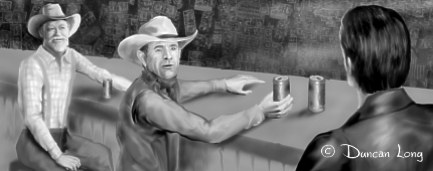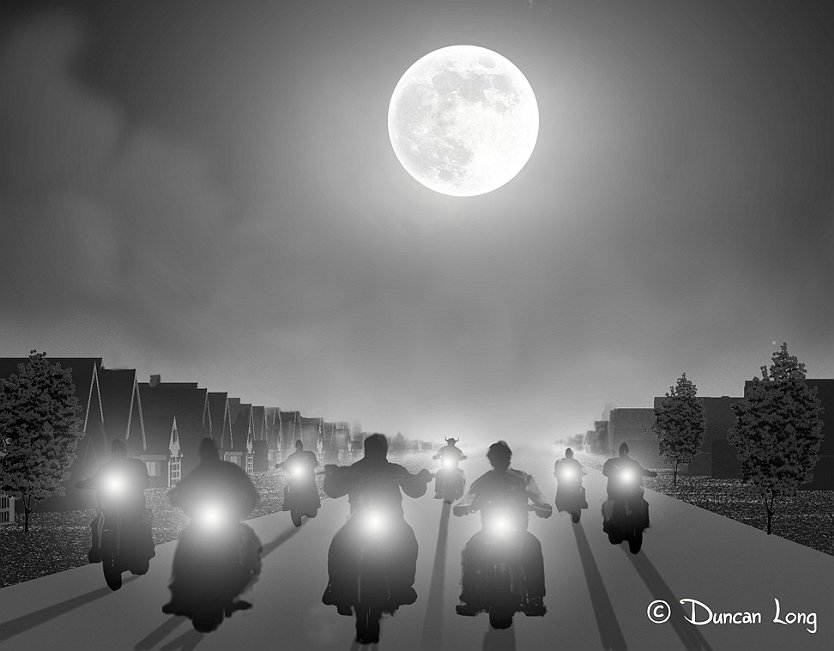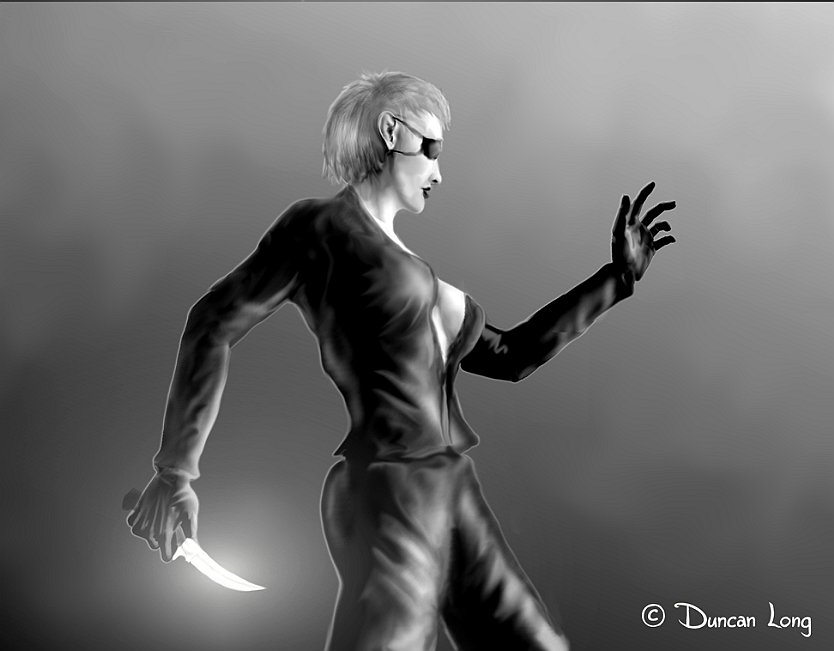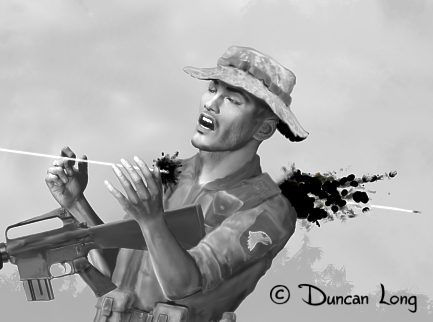Knowing When to Stop
filed in Book Cover Illustrations and Artwork on Sep.02, 2010
Pronouncing a work finished is often one of the most important creative decisions an illustrator, musician, writer, or other artistic person can make. If care isn’t exercised, he passes the point where changes are for the better and instead further work becomes counter-productive. Something good becomes so-so, and if the changes continue, the whole product becomes much inferior to what it had been.
The old “if it ain’t broke, don’t fix it” is always good advice.
Part of being a good writer or artist is not only knowing when and what to change, but when to quit changing or adding material.
Beginning painters often demonstrate this. Their work gets to a point where it’s quite good. But instead of stopping and having something they could be proud of, they continue to add and tinker until they finally sign a ghastly, trashy creation.
As noted in previous posts, part of the Death by Committee effect is that various members of a committee will insist on having their ideas put into the mix mostly as a power play rather than with an eye to make things better. A simple, effective illustration can become transformed into a mess of odds and ends, each element detracting from the power of the image to stroke the ego of the little Napoleon who suggested it.
In the stone ages when I worked in oils, and long before I had a clue about how to master a composition, I added paint and tinkered until everything was sort of a mass of brownish strokes. The result looked like a chocolate brownie, traveling 200 miles an hour, had collided with the canvas.
Sometimes the best artwork is completed with just a few strokes. At that point the master painter stops while the novice continues to toil, giving the work an amateur look.
Knowing when to quit is an important talent.
=====================
Duncan Long is a freelance book cover illustrator for HarperCollins, PS Publishing, Pocket Books, Solomon Press, Fort Ross, and many other publishers and self-publishing authors. See his cover illustrations at:
http://DuncanLong.com/art.html
=====================
Comments Off on Knowing When to Stop













